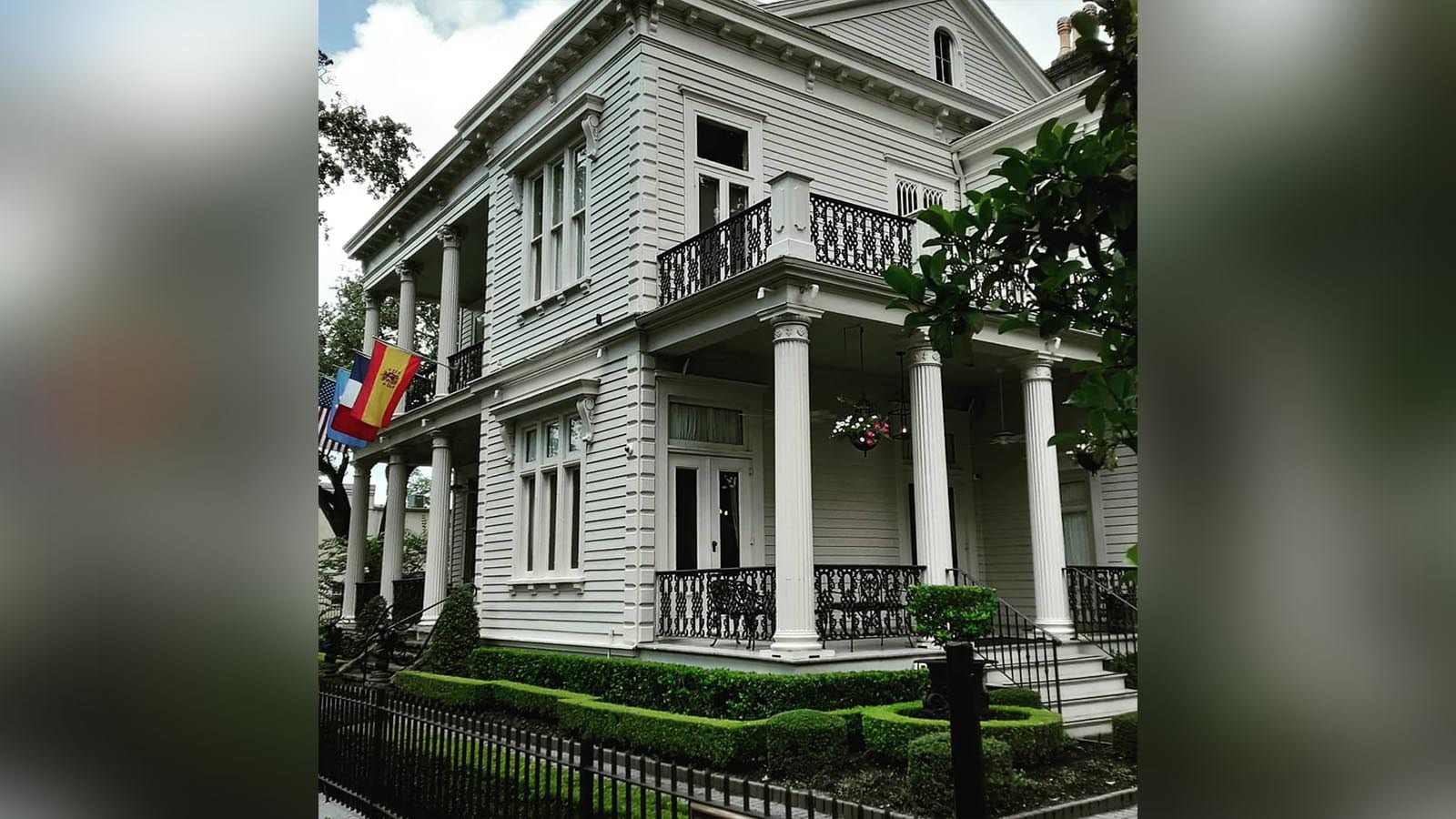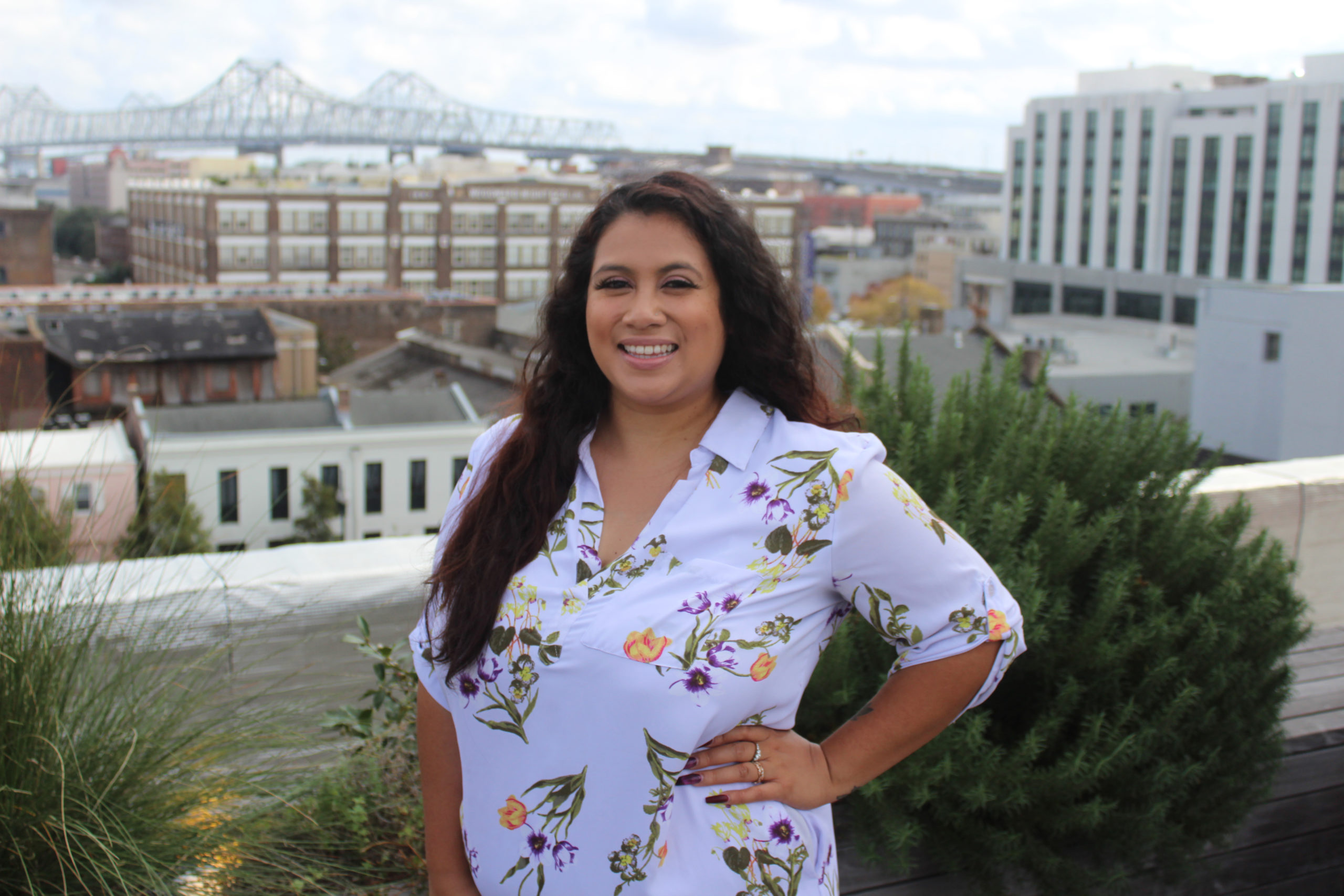Just like you, we’re rebuilding after Hurricane Ida. While we’re thankful the destruction isn’t as widespread as our neighbors in the River Parishes, we are still picking up the pieces weeks later. In between bagging garbage that’s been sitting out for weeks, separating building materials, and crossing your fingers that the WiFi and electricity doesn’t go out again, we thought you might want to brush up on a little New Orleans history. Here are a few stories we think you’d enjoy.
Nazis, intimidation and espionage: how a St. Charles mansion became part of a WWII conspiracy
It sounds like the plot of a Hollywood summer blockbuster — a vast campaign of espionage and propaganda taking place on U.S. soil that must be stopped before the fabric of America unravels. But this story isn’t fiction. From the 1930s to 1941, members of the National Socialist German Workers’ Party were secretly building institutions to spread Adolf Hitler’s policies and actively attempting to turn American public opinion against entering any upcoming war. Part of the conspiracy was enacted right here in New Orleans. It wasn’t some cliche of passing pamphlets from a seedy backroom with dim lighting and cackling villains. Rather, the plan was carried out from a stately St. Charles mansion where Baron Edgar von Spiegel, German Consul to New Orleans, undertook his campaign of intimidation, espionage, and misinformation.
New Orleans hosted a World’s Fair in 1884, but relics still dot the city if you know where to look
World’s Fairs used to be a very big deal. Before the time of the internet and camera phones, the wealthy and middle class would literally sail (and later fly) across the seas to far-off places to learn firsthand what was going on in the world. These massive events weren’t money-makers for their host cities — rarely did they turn a profit. More often, they were about prestige. A World’s Fair was a chance to show the people of the world how your tiny speck on the globe was pushing humanity forward in exciting ways. This is how the 1884 World’s Industrial and Cotton Centennial Exposition — known, shorthand, as the “Cotton Centennial” — came to New Orleans. Here’s a list of some of the most notable remnants from the 1884 World’s Industrial and Cotton Centennial Exposition.
How a Black Civil War Hero’s funeral paved the way for second lines
As the first widely publicized Black Civil War hero, Captain André Cailloux of the United States Army 1st Louisiana Native Guards became an enduring symbol of equality and suffrage. On July 29, 1863, tens of thousands of residents of New Orleans made their presence known for the largest funeral procession the city had ever seen. At the front of the funeral procession was the regimental brass band of the 42nd Massachusetts, a white Union regiment that served at Port Hudson and in New Orleans under Major General Banks. New Orleanians lined Esplanade and Claiborne Avenues along the route that ended at St. Louis Cemetery No. 2 at Bienville Street. In addition to hundreds of soldiers, the funeral procession of Captain Cailloux included thirty-seven mutual aid societies.
Things we miss in New Orleans East
New Orleans East or as most locals know it as “The East”. In the 1980s the large concrete sign which says “New Orleans East” made its first appearance on Interstate-10. The sign was a last attempt to develop the land. Now all that remains is the sign and memories of what once was.
The oldest tattoo shop in Louisiana is in New Orleans, owned and operated by tattooing legend Jacci Gresham
Gresham says, to the best of her knowledge, she’s the first Black female tattoo artist. When Jacci opened her place nearly half a century ago, there were less than half a dozen female tattoo artists in the U.S. and even fewer African American artists. It took decades for that landscape to shift.
This French Quarter bookstore was once inhabited by William Faulkner
Down an alley, just off Jackson Square, is a book lover’s sanctuary, where one can find a curated selection of Southern literature and classics. Located at 624 Pirates Alley, Faulkner House Books is in a townhouse that was built in 1837 that in the 1920s was home to famed writer, William Faulkner.
📺 And when you get your WiFi back, be sure to download the new Very Local channel on Roku or Amazon Fire!







